Home>diy>Architecture & Design>What Is In-House Design
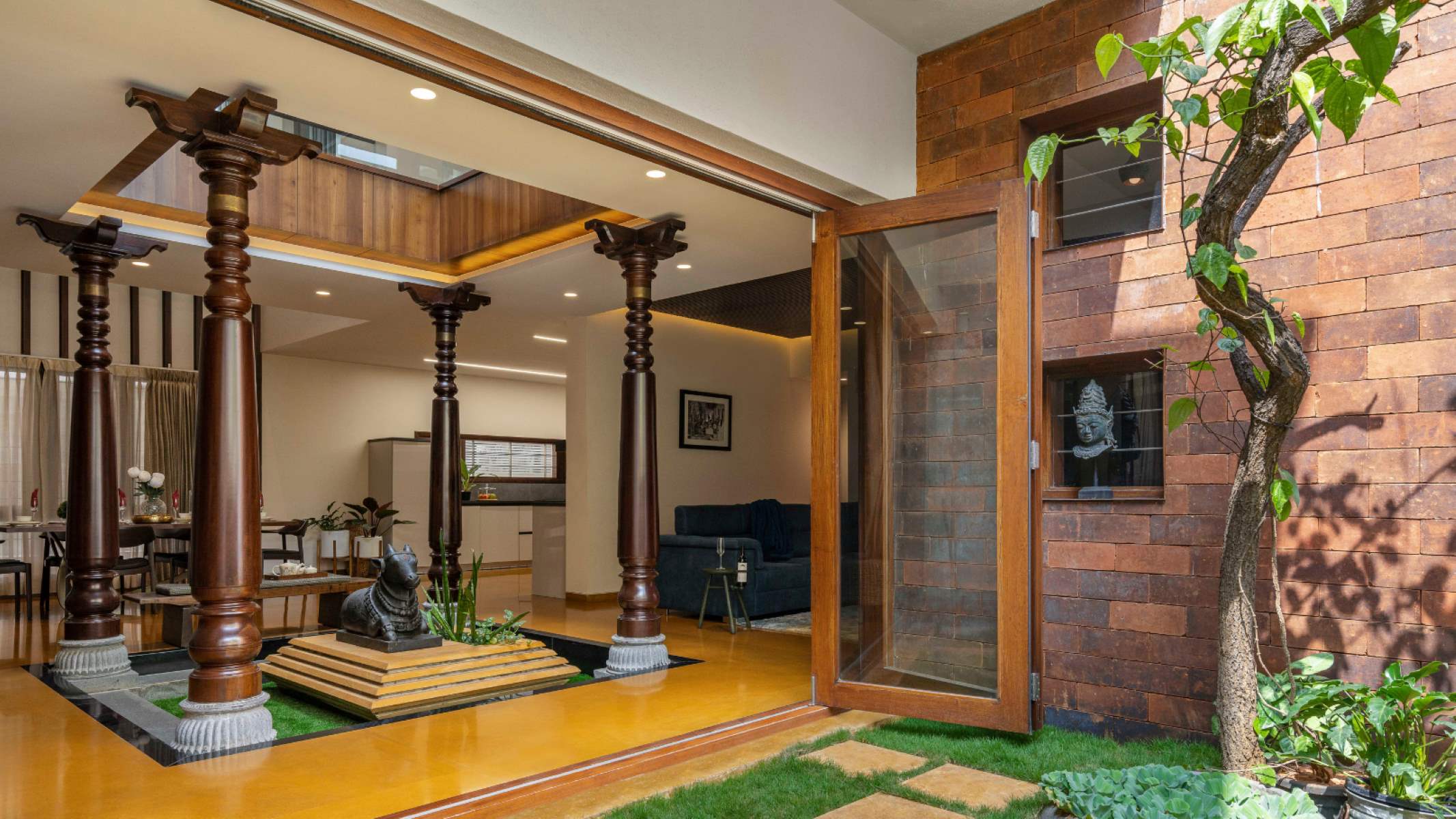

Architecture & Design
What Is In-House Design
Modified: December 7, 2023
Discover the benefits of in-house design for architects and how it enhances the creative process and project outcomes. Explore the impact of architecture design expertise in-house.
(Many of the links in this article redirect to a specific reviewed product. Your purchase of these products through affiliate links helps to generate commission for Storables.com, at no extra cost. Learn more)
Introduction
Welcome to the world of design! Whether you’re an architect, a graphic designer, or a web developer, you understand the importance of good design in creating visually appealing and functional products. However, when it comes to the design process, there are different approaches that can be taken. One such approach is in-house design, which involves having a dedicated team of designers within a company or organization.
In this article, we’ll delve into the world of in-house design and explore its definition, benefits, challenges, considerations for establishing it, and how it compares to outsourcing design. We’ll also provide examples of successful in-house design departments to inspire and educate.
So, whether you’re an entrepreneur thinking of establishing an in-house design team or a designer looking to better understand this concept, let’s dive in and uncover the fascinating world of in-house design!
Key Takeaways:
- In-house design empowers companies to align design with their brand vision, foster efficient communication, and drive innovation, creating cohesive and impactful experiences for their customers.
- Successful in-house design departments, exemplified by industry leaders like Apple, Nike, and Google, showcase the power of investing in in-house creativity and collaboration as a competitive differentiator.
Read more: What Is Porch In House
Definition of In-House Design
In-house design refers to the practice of having a dedicated design department or team within a company or organization. Rather than outsourcing design projects to external agencies or freelancers, companies choose to hire and retain their own designers to work exclusively on their projects.
Having an in-house design team enables companies to have direct control over the creative process and ensures that the design aligns with the company’s vision, branding, and values. The designers become an integral part of the organization, collaborating closely with other teams such as marketing, product development, and engineering to create cohesive and effective designs.
An in-house design team can encompass various design disciplines, depending on the company’s needs and industry. This could include graphic design, UX/UI design, industrial design, interior design, architectural design, and more.
Unlike external design agencies, in-house design teams have a deep understanding of the company’s goals, target audience, and business objectives. They have the advantage of being immersed in the company’s culture, allowing for a more tailored and focused approach to design.
The size of an in-house design team can vary, ranging from a handful of designers to a large department with specialized roles and hierarchies. The team structure can include roles such as design manager, art director, senior designers, and junior designers. This hierarchy ensures efficient coordination, mentorship, and career growth opportunities for the team members.
In-house design teams may also collaborate with external agencies or freelancers for specific projects that require specialized expertise or additional resources. However, for the majority of projects, the team handles the design process internally, ensuring consistent quality and brand representation.
Now that we have a clear understanding of what in-house design entails, let’s explore the benefits that companies can enjoy by having their own design team.
Benefits of In-House Design
There are numerous benefits that companies can reap from having an in-house design team. Let’s explore some of the key advantages:
- Alignment with company vision: An in-house design team has a deep understanding of the company’s mission, brand identity, and target audience. This enables them to create designs that truly reflect the essence of the company and resonate with its customers.
- Efficient communication and collaboration: With an in-house team, communication is streamlined as designers are readily accessible to other departments within the company. This facilitates better collaboration and faster decision-making, resulting in smoother project workflows.
- Faster turnaround times: In-house design teams can work on projects in real-time, without the need to wait for external agencies or freelancers to allocate time and resources. This leads to faster turnaround times for design projects, allowing companies to be more agile and responsive in the marketplace.
- Cost-effectiveness: While setting up an in-house design team may require upfront investment in hiring, infrastructure, and resources, it can prove to be cost-effective in the long run. Companies can avoid recurring expenses associated with outsourcing design projects and have more control over budget management.
- Consistency in branding: In-house design teams are well-versed in the company’s brand guidelines and can ensure consistency across various design touchpoints, including marketing materials, packaging, websites, and user interfaces. This creates a cohesive brand identity, which is crucial for building brand recognition and trust.
- Greater flexibility and adaptability: In-house designers can quickly adapt to changes in project requirements and business strategies. They can easily switch gears, iterate designs, and make adjustments in real-time, ensuring that design solutions align with evolving market demands.
- Knowledge transfer and skill development: In-house design teams foster a culture of learning and mentorship. Junior designers can learn from experienced team members, constantly refining their skills and knowledge. This internal knowledge transfer enhances the team’s expertise and contributes to its continuous growth and development.
- Enhanced intellectual property protection: With in-house design, there is greater control over intellectual property as sensitive design concepts and assets remain within the company’s own infrastructure. This reduces the risk of leaks or unauthorized use of proprietary information.
These are just a few of the many benefits that companies can enjoy by having an in-house design team. However, it’s important to acknowledge that there are also challenges associated with this approach. Let’s explore some of these challenges in the next section.
Challenges of In-House Design
While there are numerous benefits to having an in-house design team, it’s important to be aware of the challenges that can arise. Here are some of the main challenges associated with in-house design:
- Recruitment and talent acquisition: Building a skilled and diverse in-house design team can be a daunting task. It requires finding and attracting top talent in a competitive market. The recruitment process needs to be rigorous, ensuring that designers not only possess technical skills but also align with the company’s culture and values.
- Continuing education and skills development: Design is an ever-evolving field, and designers need to stay updated with the latest trends, tools, and techniques. In-house design teams must invest in continuing education and provide opportunities for skills development to ensure their designers remain at the forefront of design innovation.
- Workload management: During peak periods, in-house design teams can face high workloads and tight deadlines. It’s essential to have effective project management strategies in place to ensure that designers can handle workload surges while maintaining quality and avoiding burnout.
- Designing for diverse audiences and markets: In-house design teams may need to cater to diverse audiences and global markets. This requires a deep understanding of cultural nuances, localization considerations, and incorporating accessibility and inclusivity into designs.
- Adapting to changing technologies: Design tools and technologies evolve rapidly, and in-house design teams need to stay up to date with these advancements. This can require investments in software licenses, hardware upgrades, and training programs to ensure designers can leverage the latest tools and techniques effectively.
- Managing creative expectations: In-house designers often need to navigate internal stakeholders’ opinions and preferences, which can sometimes conflict with their creative vision. Balancing the creative process with feedback and expectations can be a delicate task that requires effective communication and negotiation skills.
- Keeping up with market trends: In-house design teams need to continually monitor and analyze industry trends, consumer behavior, and competitive landscapes to create designs that remain relevant and competitive in the market.
- Scaling and team structure: As the company grows, in-house design teams may need to scale and adapt their team structure to support increased project demands. This can involve redefining roles, introducing specialized positions, and restructuring the team hierarchy, which requires careful planning and execution.
Despite the challenges, many companies have successfully overcome these obstacles and built thriving in-house design teams. In the next section, we will explore key considerations that businesses should keep in mind when establishing an in-house design department.
When creating in-house designs, it’s important to understand the brand’s identity and target audience. This will help ensure that the designs effectively communicate the intended message and resonate with the audience.
Considerations for Establishing In-House Design
Establishing an in-house design department is a significant undertaking that requires careful planning and consideration. Here are some key factors to keep in mind when setting up an in-house design team:
- Define your design goals: Clearly articulate the design objectives and goals that the in-house team will work towards. This ensures alignment with the overall business strategy and helps guide the team’s efforts and focus.
- Assess resource and budget requirements: Determine the level of resources and budget needed to support the in-house design team. This includes budgeting for hiring, training, design software and hardware, and ongoing operational expenses.
- Hire the right talent: Identify the skills and expertise required for the in-house team. Consider hiring a diverse mix of designers who bring different perspectives and strengths to the team. Look for individuals who align with the company’s values and culture, as this will foster a harmonious and productive work environment.
- Create a conducive work environment: Provide designers with the necessary tools, software, and hardware they need to excel in their work. Foster a creative and collaborative work culture that encourages innovation, learning, and experimentation.
- Establish clear roles and responsibilities: Define the roles, hierarchy, and responsibilities within the in-house design team. This ensures clarity in decision-making, coordination, and accountability. Encourage collaboration and foster an environment where each team member understands their contribution to the design process.
- Invest in training and professional development: Support the growth and development of your in-house design team by investing in training programs, workshops, conferences, and certifications. This helps keep designers up to date with the latest industry trends and equips them with new skills and knowledge.
- Collaborate with other departments: Foster cross-departmental collaboration by encouraging designers to work closely with teams such as marketing, product development, and engineering. This ensures that the design process is integrated into the overall product development lifecycle and creates a cohesive user experience.
- Continuously evaluate and iterate: Regularly review and assess the performance and effectiveness of the in-house design team. Seek feedback from stakeholders and implement improvements based on lessons learned. Embrace a culture of continuous improvement and iterate on processes and methodologies as needed.
- Consider external collaborations when needed: While the aim is to have an in-house design team that can handle most design projects, there may be cases where external expertise is required. Foster relationships with external agencies or freelancers who can provide specialized skills or assist during peak workloads.
By carefully addressing these considerations, you can set your in-house design department up for success and create a team that adds significant value to your organization. However, it’s worth exploring the differences between in-house design and outsourcing design to determine the best approach for your specific needs, which we’ll discuss in the next section.
Read more: How To Connect A Porch Roof To House
In-House Design vs. Outsourcing Design
When it comes to design, companies have the option to either establish an in-house design team or outsource their design needs to external agencies or freelancers. Each approach has its pros and cons, and the decision depends on various factors. Let’s explore the differences between in-house design and outsourcing design:
In-House Design:
- Control and alignment: With in-house design, companies have direct control over the design process and can ensure alignment with their brand vision and objectives. In-house designers become intimately familiar with the company’s culture, target audience, and specific design needs.
- Efficiency and flexibility: In-house designers are readily accessible to other teams within the company, enabling efficient communication, collaboration, and faster decision-making. They can also quickly adapt to changes and iterate designs in real-time, enhancing flexibility.
- Consistency in branding: In-house teams have a deep understanding of the company’s brand guidelines and can ensure consistency in design across different touchpoints. This leads to a cohesive brand identity and strengthens brand recognition.
- Cost-effectiveness in the long run: While there may be upfront costs to establish an in-house design team, it can prove cost-effective in the long run, as there are no recurring expenses associated with outsourcing projects.
Outsourcing Design:
- Access to specialized expertise: External design agencies often have a diverse team of specialists with expertise in various design fields. Companies can benefit from this specialized knowledge and access skills that may be lacking in their in-house team.
- Scalability and flexibility: Outsourcing design allows companies to scale up or down their design resources based on project requirements. They can tap into a larger talent pool and have access to additional resources when needed, without the burden of maintaining a full-time team.
- Time and resource savings: Outsourcing design projects can save time and resources, particularly for smaller companies or those with sporadic design needs. They don’t need to invest in hiring, training, or design software and can focus on their core competencies.
- Fresh perspectives and creativity: Working with external design agencies can bring fresh perspectives and ideas to the table. They may have experience in different industries and can provide innovative solutions that may not have been considered internally.
Both in-house design and outsourcing design have their advantages and challenges, and the decision ultimately depends on factors such as the company’s size, budget, design needs, and long-term goals. Some companies may even adopt a combination of both approaches, leveraging in-house talent for core projects and outsourcing specialized or large-scale initiatives.
Now that we have explored the differences between in-house design and outsourcing design, let’s delve into some examples of successful in-house design departments to inspire and educate.
Examples of Successful In-House Design Departments
Many companies have successfully established and nurtured their in-house design departments, becoming industry leaders in design and innovation. Let’s take a look at a few examples of successful in-house design departments:
- Apple: Apple is globally renowned for its sleek and visually appealing product designs. The company’s in-house design department, led by the Chief Design Officer Jonathan Ive, has played a pivotal role in creating iconic products like the iPhone, iPad, and MacBook. Their focus on minimalism, attention to detail, and user experience has set new standards in the industry.
- Nike: Nike’s in-house design team, known as Nike Design, is responsible for creating the brand’s cutting-edge athletic and lifestyle products. With a strong emphasis on innovation, technology, and performance, Nike Design has consistently pushed the boundaries of design, resulting in products that capture the spirit of athleticism and inspire athletes worldwide.
- Tesla: Tesla’s in-house design department, led by Chief Designer Franz von Holzhausen, has revolutionized the automotive industry. Their focus on electric vehicles, sustainable design, and sleek aesthetics has redefined what a car can be. From the Model S to the Cybertruck, Tesla’s in-house design team has created vehicles that merge beauty, functionality, and sustainability.
- Google: Google’s in-house design team, known as Material Design, is responsible for creating the distinctive visual language and user interface of Google’s products and services. Material Design focuses on clean, intuitive, and responsive design principles, ensuring a consistent and delightful user experience across all Google platforms.
- Pinterest: Pinterest’s in-house design department is instrumental in creating the visually appealing and user-friendly interface of the platform. Their emphasis on visual discovery and intuitive navigation has made Pinterest a go-to destination for inspiration and ideas. The design team at Pinterest continuously iterates and experiments to enhance the user experience and keep the platform fresh and engaging.
These examples demonstrate how in-house design departments can drive innovation, set industry trends, and create exceptional user experiences. The success of these companies lies in their commitment to design as a fundamental part of their brand identity and their investment in nurturing and empowering their in-house design teams.
As we conclude our exploration of successful in-house design departments, it’s crucial to recognize that every company’s journey and approach to in-house design can differ. However, the common thread among them is a strong commitment to design excellence and a belief in the power of in-house creativity and collaboration.
Design plays a vital role in shaping the identity and success of a company, and having an in-house design team allows companies to leverage their designs as a competitive differentiator. Whether it’s creating innovative products, delivering a seamless user experience, or building a strong brand, in-house design can be a powerful asset for organizations looking to make their mark in the market.
Conclusion
In-house design is a powerful strategy that enables companies to have direct control over their design process, align design with their brand vision, and create cohesive and impactful experiences for their customers. By establishing an in-house design team, companies can benefit from efficient communication, faster turnaround times, greater consistency in branding, and enhanced creativity and collaboration.
However, setting up an in-house design team requires careful consideration and planning. Companies must define their design objectives, assess resource and budget requirements, hire the right talent, create a conducive work environment, and establish clear roles and responsibilities. Ongoing investment in training and professional development is also essential to keep the team’s skills and knowledge up to date.
While in-house design offers numerous advantages, it’s important to acknowledge the potential challenges, such as recruitment, workload management, and adapting to changing technologies. These challenges can be mitigated through effective project management, collaboration, and continuous evaluation and improvement.
In contrast, outsourcing design provides access to specialized expertise, scalability, and cost savings. Each approach has its merits, and the decision ultimately depends on factors such as company size, budget, design needs, and long-term goals. Many companies adopt a hybrid approach, combining in-house talent with outsourcing for specialized or large-scale initiatives.
Looking at successful in-house design departments like Apple, Nike, Tesla, Google, and Pinterest, it is evident that investing in in-house design can yield remarkable results. These companies have leveraged their in-house design teams to drive innovation, create iconic products, and deliver exceptional user experiences.
In conclusion, in-house design is a valuable asset for companies seeking to differentiate themselves in the market and build a strong brand. It allows for greater control, collaboration, and creativity, resulting in designs that truly reflect the company’s vision and resonate with its customers. By considering the benefits, challenges, and best practices, companies can establish and nurture successful in-house design departments that become key drivers of their overall success.
Frequently Asked Questions about What Is In-House Design
Was this page helpful?
At Storables.com, we guarantee accurate and reliable information. Our content, validated by Expert Board Contributors, is crafted following stringent Editorial Policies. We're committed to providing you with well-researched, expert-backed insights for all your informational needs.




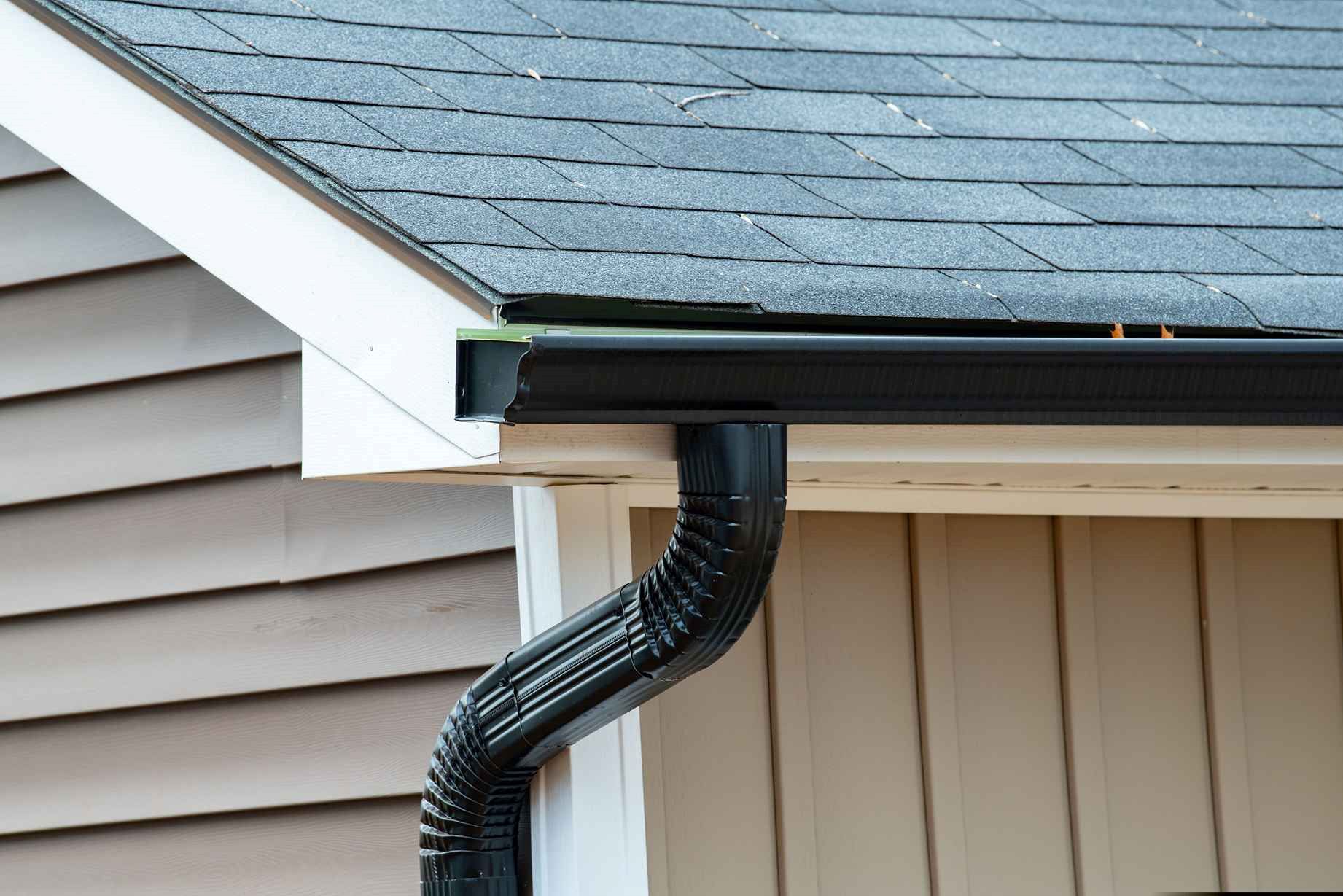

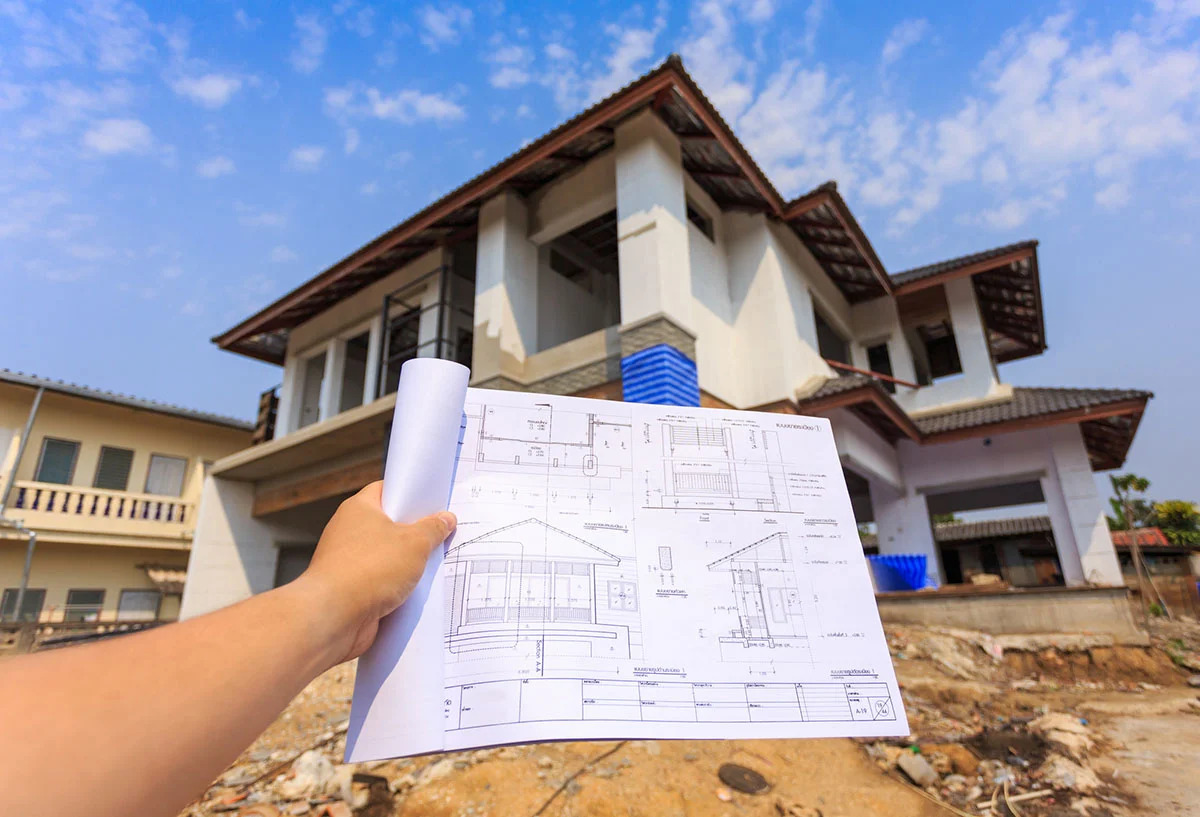


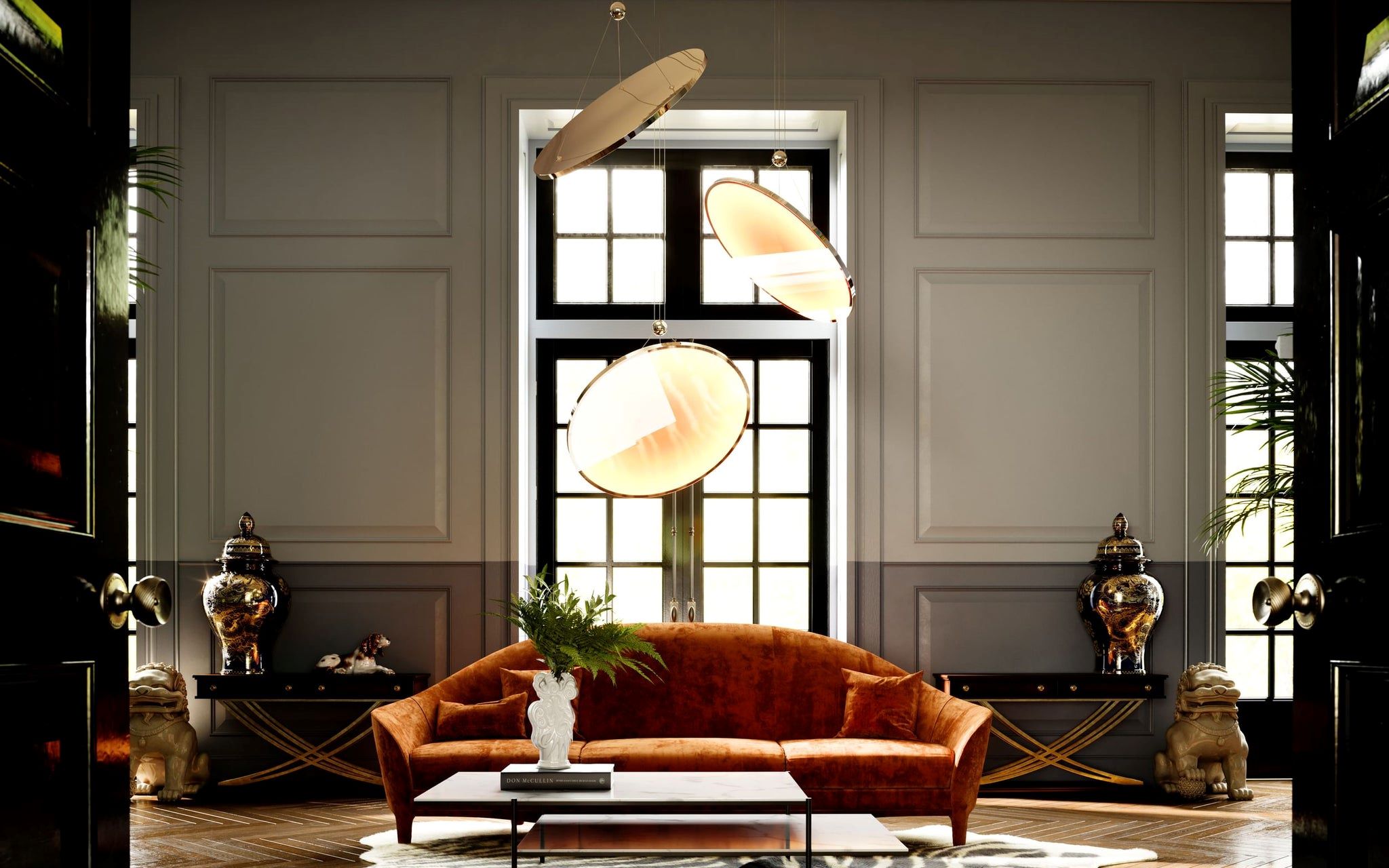
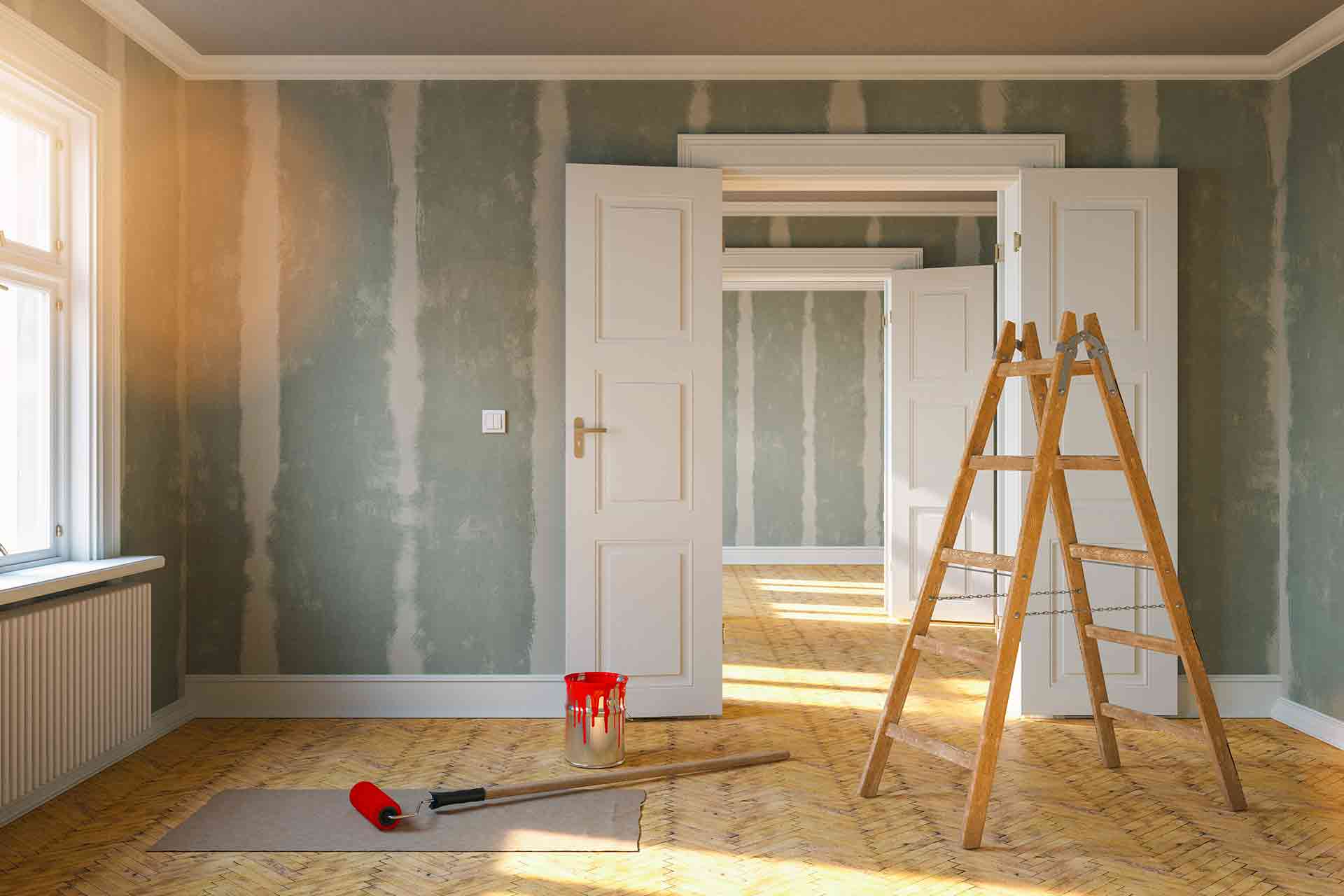

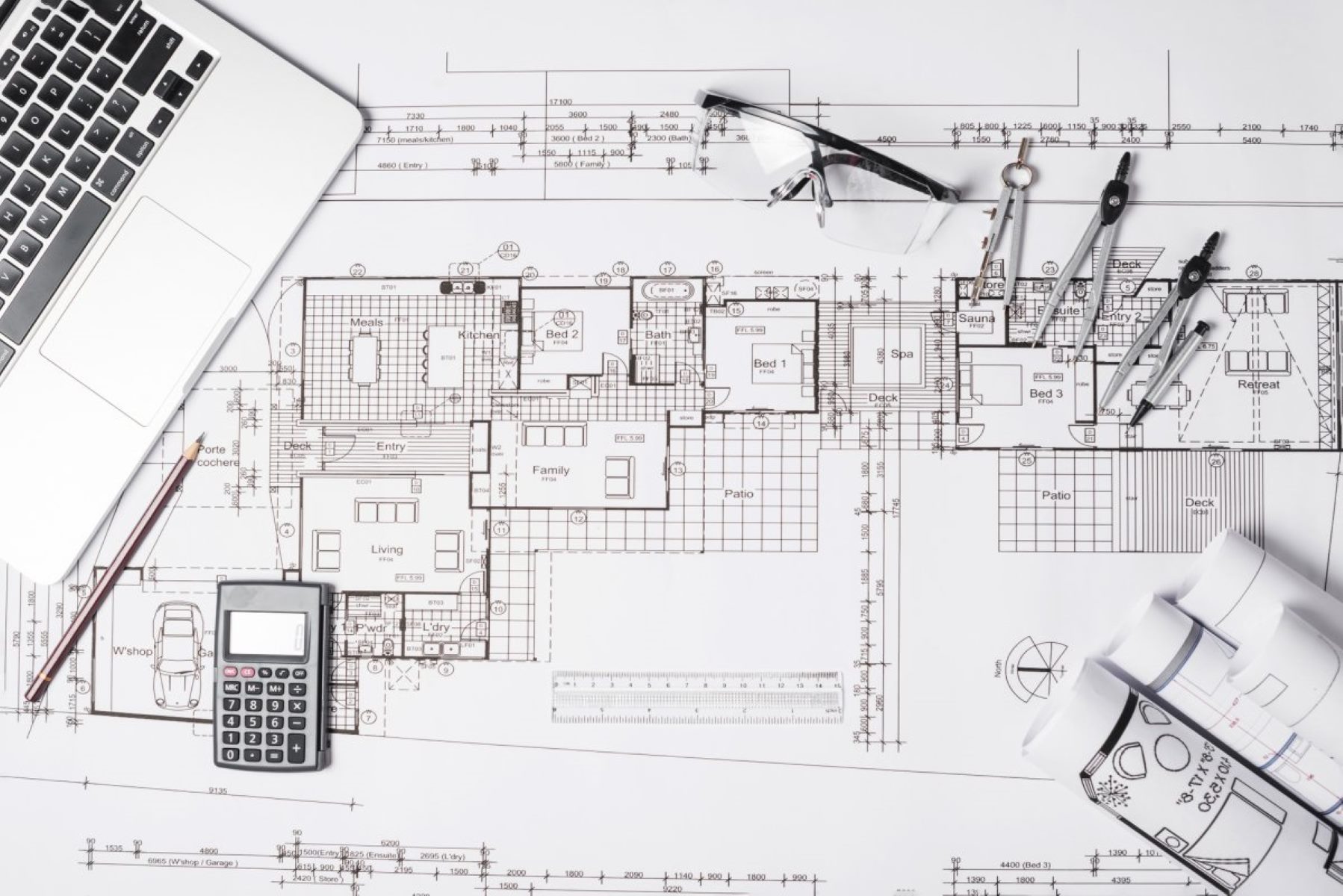
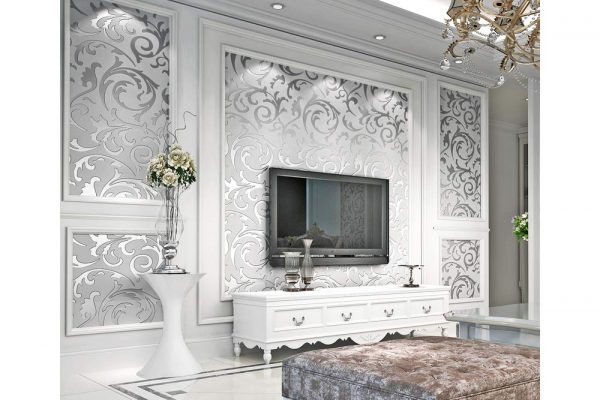

0 thoughts on “What Is In-House Design”